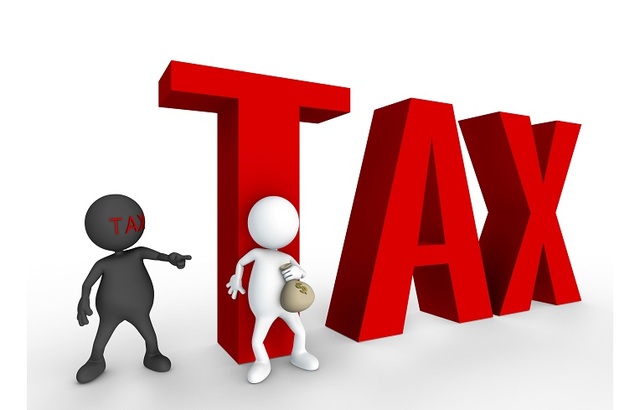Tax lost to avoidance schemes in the UK has fallen by around 50% in the past six years, HM Revenue & Customs (HMRC) has revealed.
The UK taxman said it had lost £600m ($800m, €669m) from tax avoidance schemes in 2018/19, compared to estimates of around £1.3bn in 2013/14.
These schemes involved income tax, national insurance contributions, and capital gains tax (CGT).
But HMRC warned that what used to be a widespread practice among higher-income individuals using investment-based avoidance, through Hollywood films or gold bullion, is shifting.
The tax avoidance schemes are now being aimed at middle-income earners, including contractors and agency workers.
“We are targeting those who promote these schemes using all of HMRC’s powers,” said Mary Aiston, director of counter-avoidance at HMRC. “Increasingly, we are using sophisticated data analysis to identify people who may have got involved in tax avoidance schemes so we can warn them of the consequences as quickly as possible.”
A fraction of all losses
HMRC estimated that 95.3% of all the tax was legally paid in the 2018-19 financial year – around £628bn – of which £34.1bn was recouped from tackling tax avoidance.
But of the overall revenue lost, tax avoidance makes up the smallest portion for the year with £1.7bn.
And even though the general public expects the taxman to take action, Aiston said, far greater sums are lost to failure to take reasonable care (£5.5bn); legal interpretation (£4.9bn); evasion (£4.6bn); criminal attacks (£4.5bn); non-payment (£4.1bn); or error (£3.1bn).
Additionally, of the £1.7bn figure, only £600m was made up of schemes marketed to individuals, with the remaining £900m related to corporation tax.
Shifting trends
In 2013-14, 60% of tax avoidance was done through contractor loans or disguised remuneration; 35% via sideways loss relief, and 4% in other ways including CGT and stamp duty land tax (SDLT).
It is not clear what the remaining 1% included.
In 2018-19, however, 98% of tax avoidance was done via contractor loans and/or disguised remuneration schemes, and only 1% in sideways loss relief and 1% in CGT SDLT and others.
As part of its work on tax avoidance, HMRC recently partnered with the Advertising Standards Authority (ASA) to tackle “misleading” advertisement for such schemes.
Aiston added: “You don’t have to be a tax expert to know that an artificial or contrived arrangement that claims to cut your tax bill by 90% is almost certainly too good to be true. Or that an arrangement that requires you to pay big fees to the person selling it, yet very little tax to HMRC, is probably one to steer clear of.”








